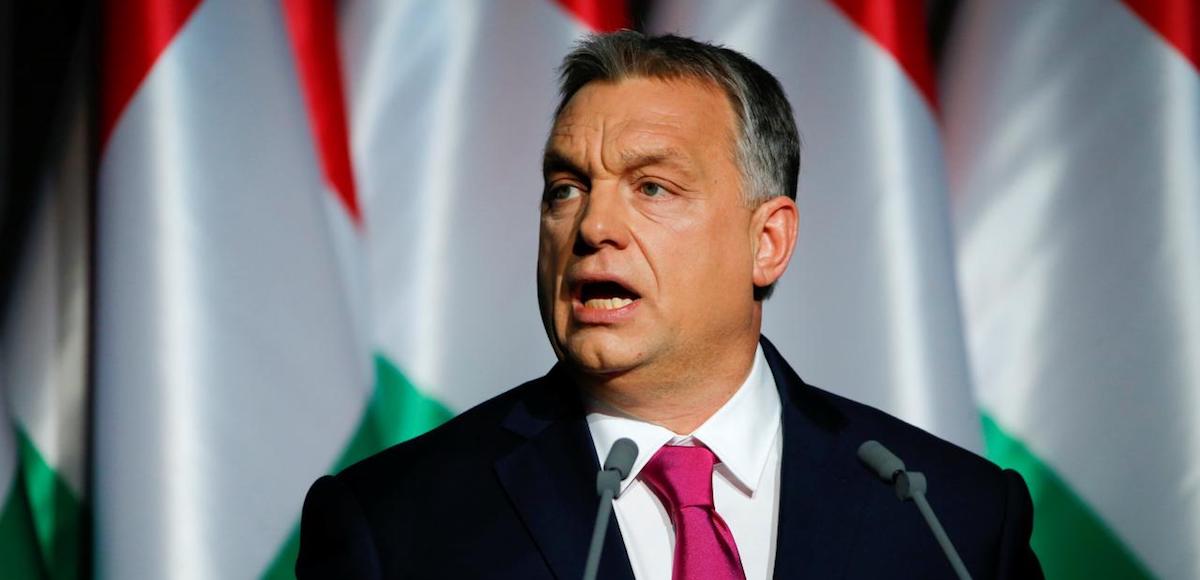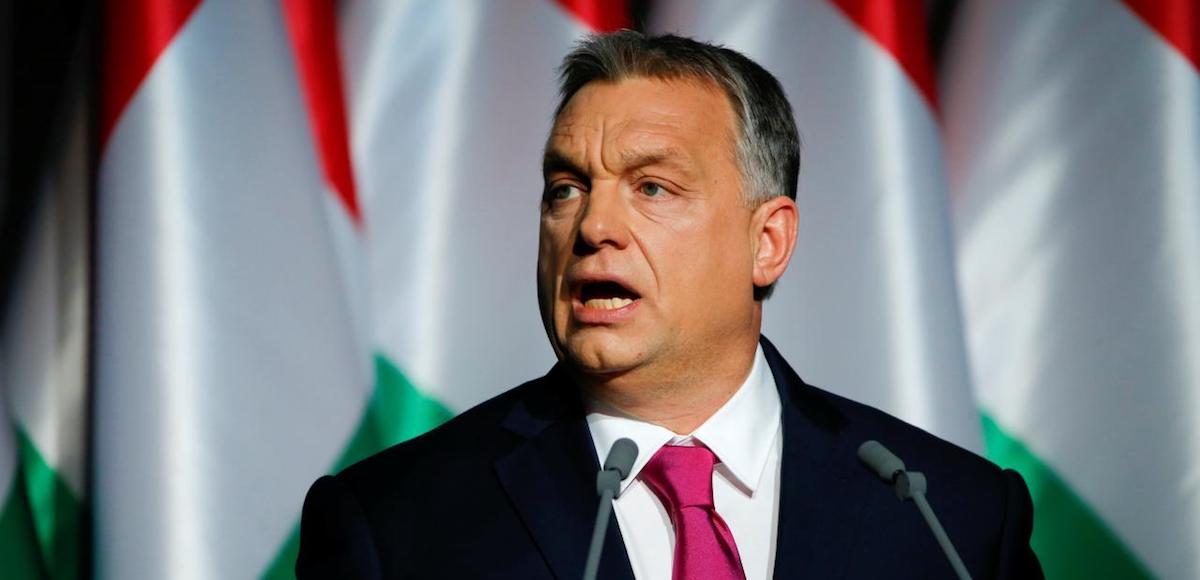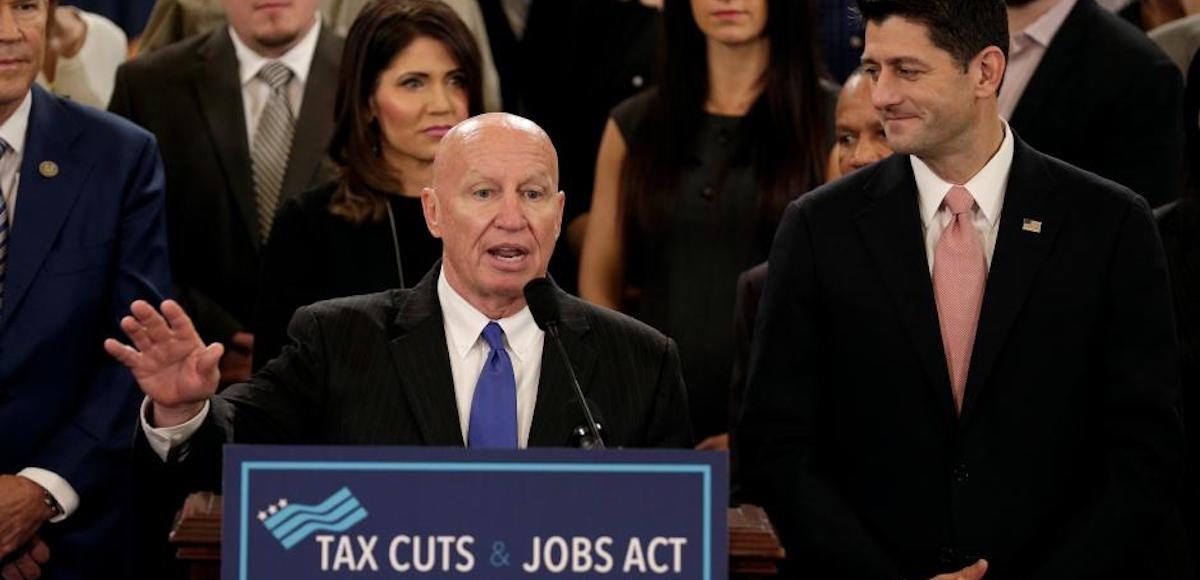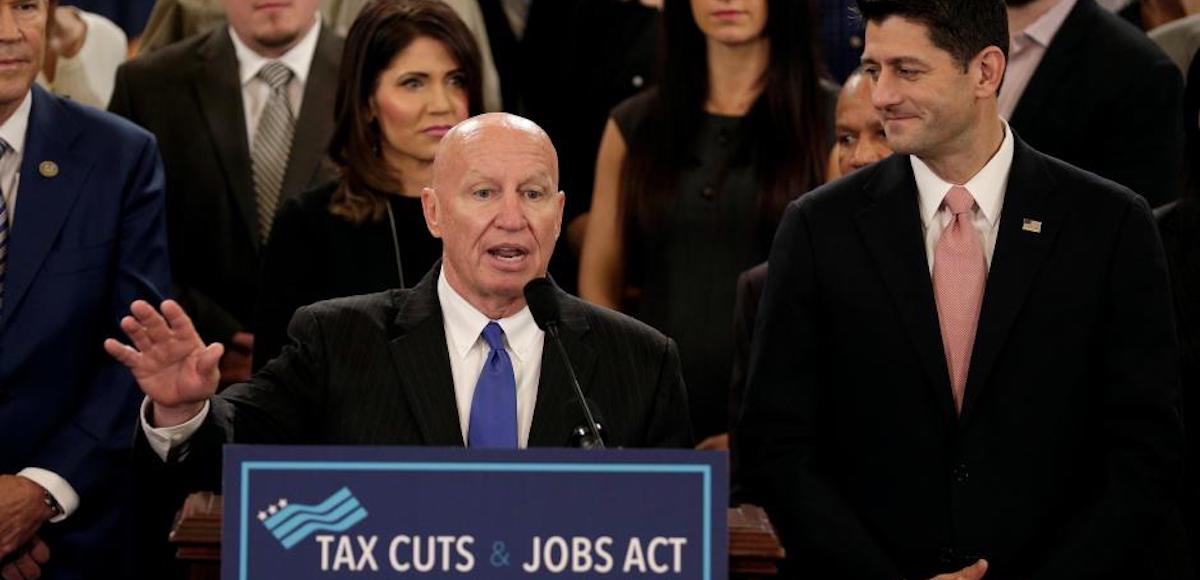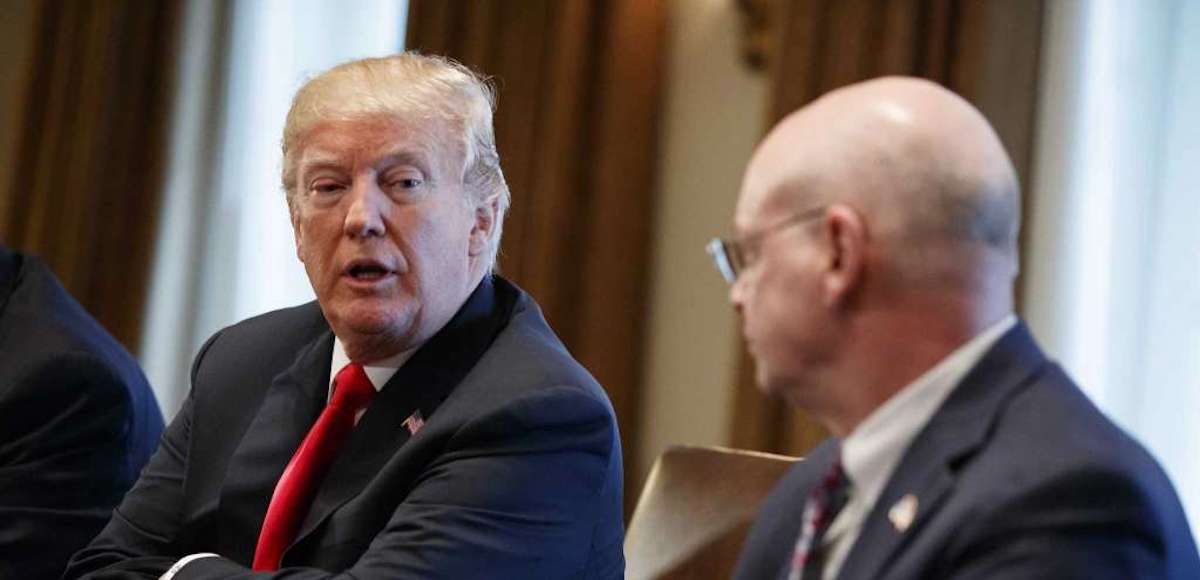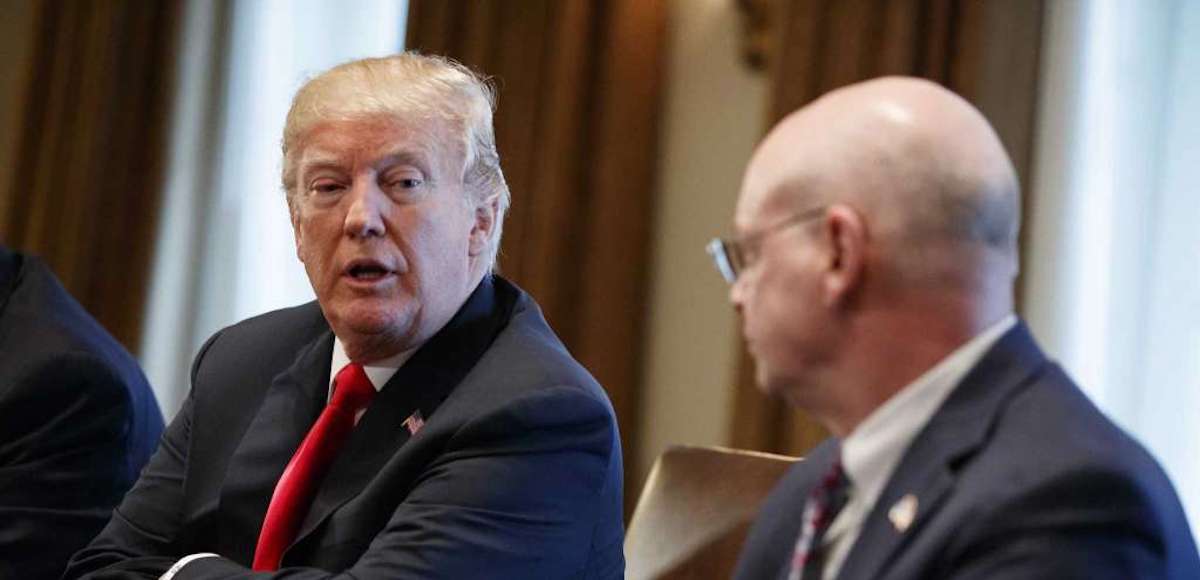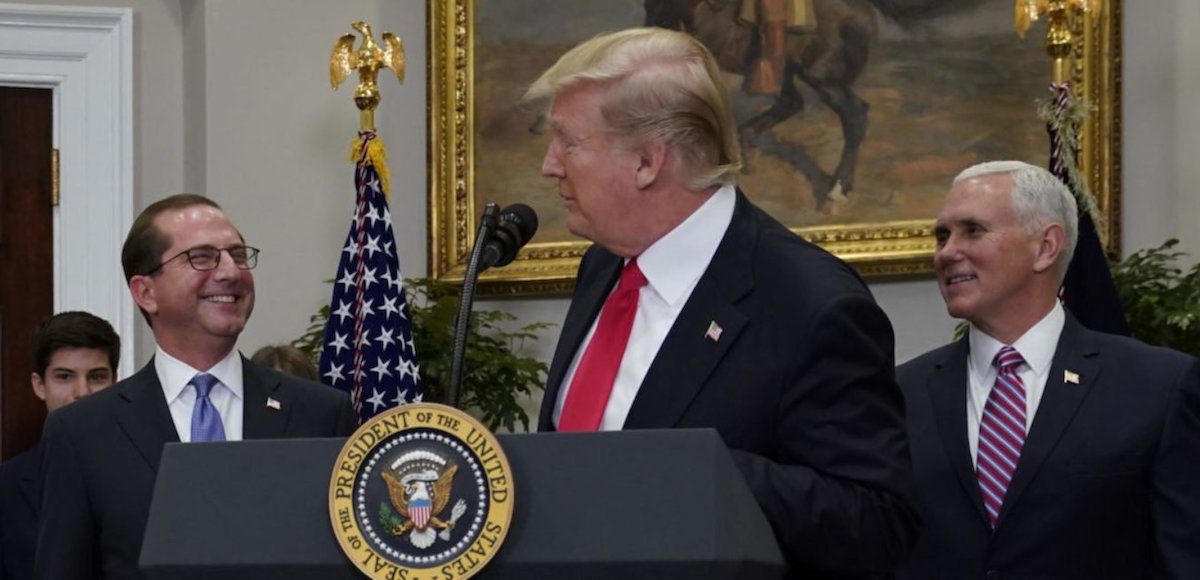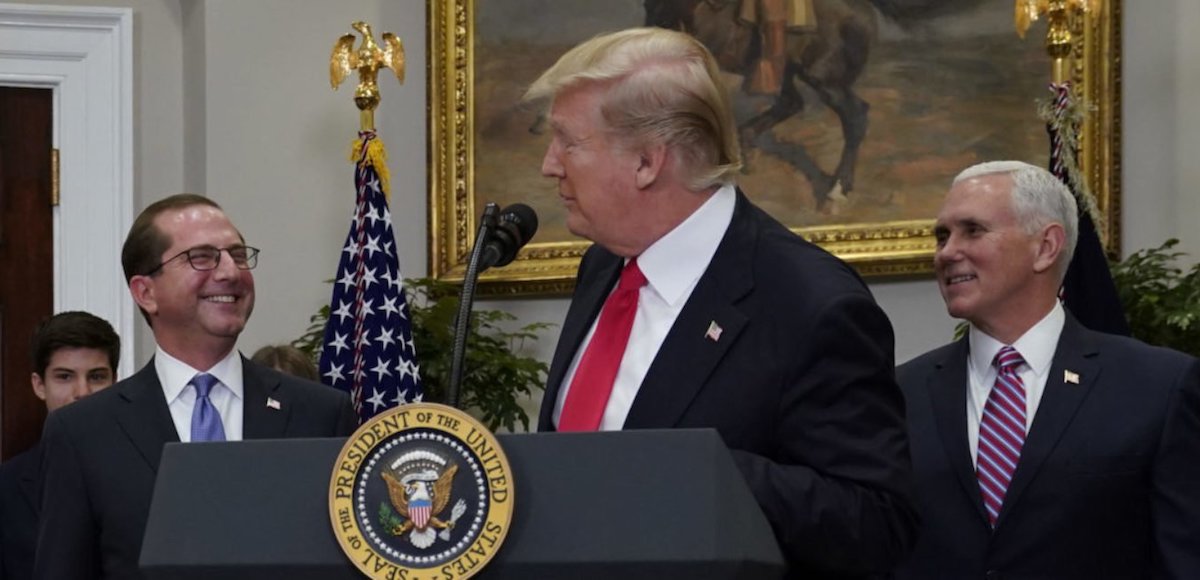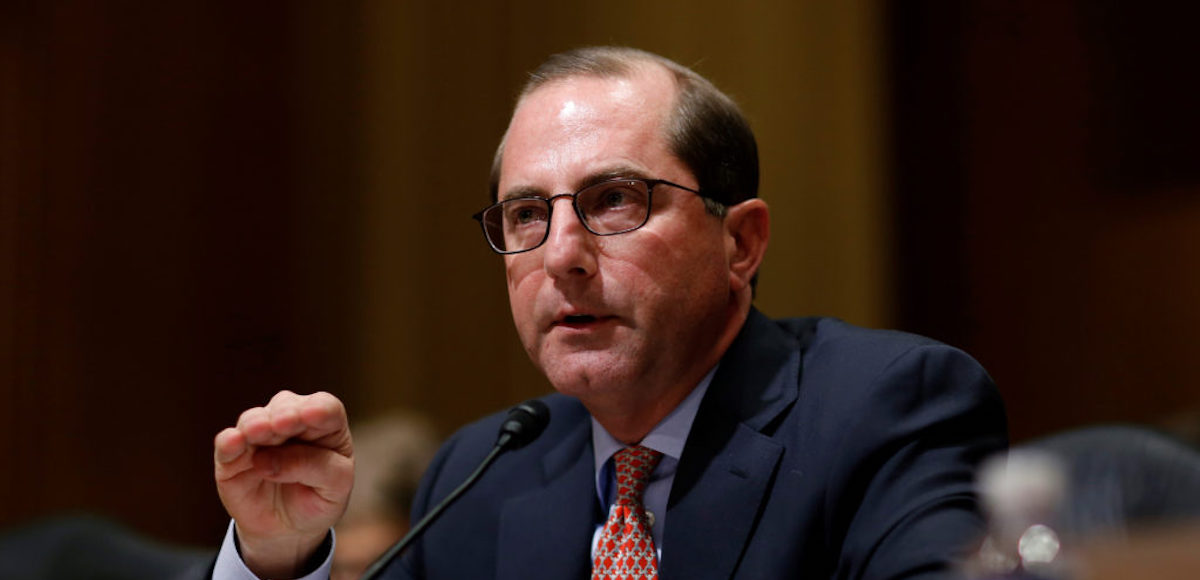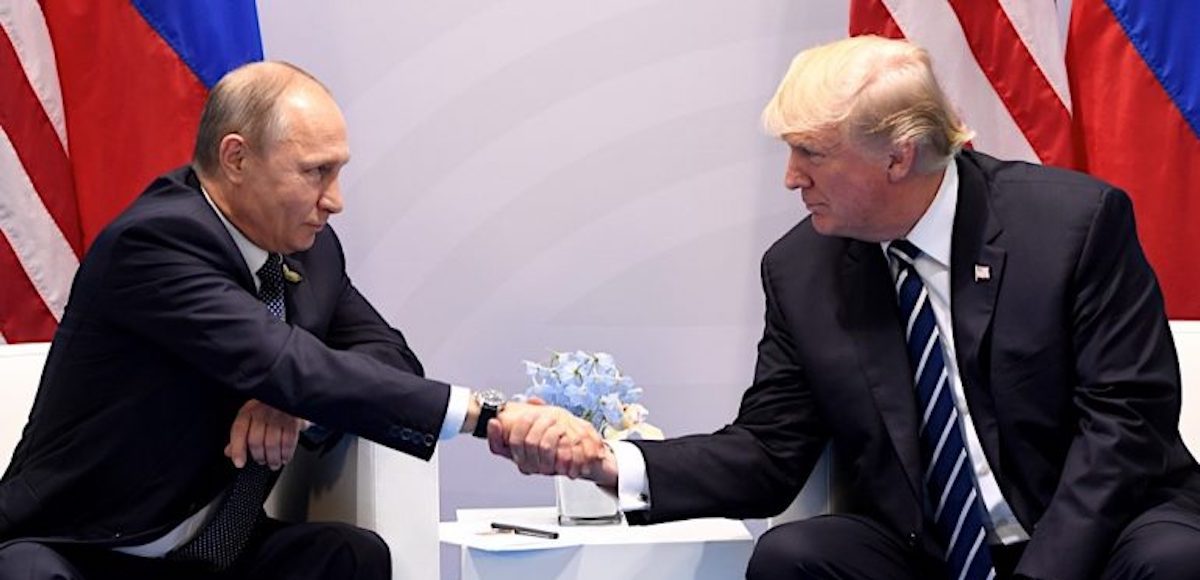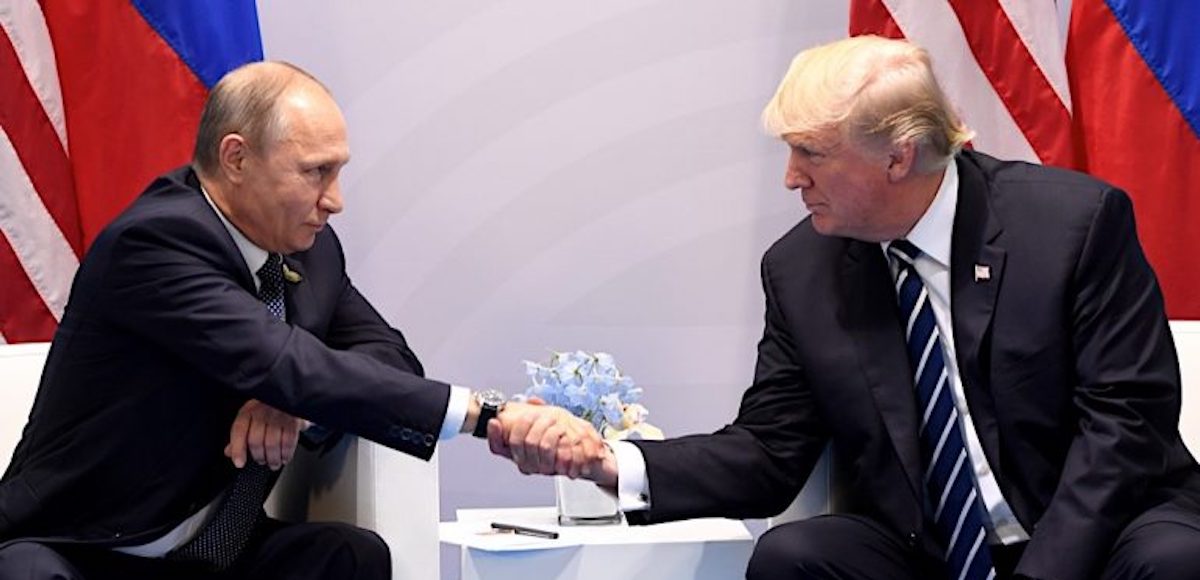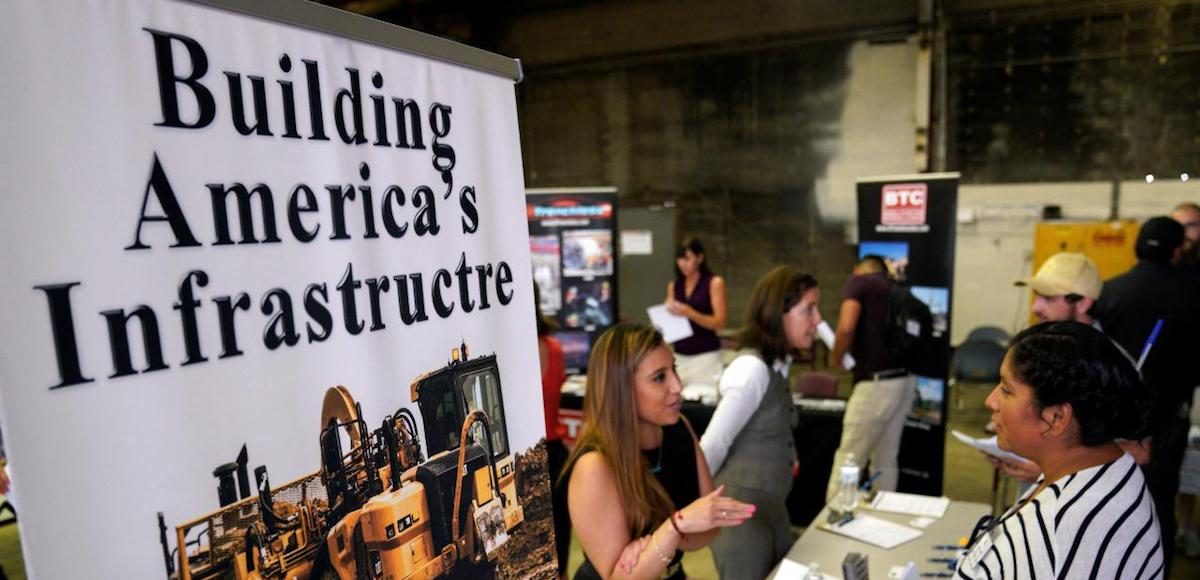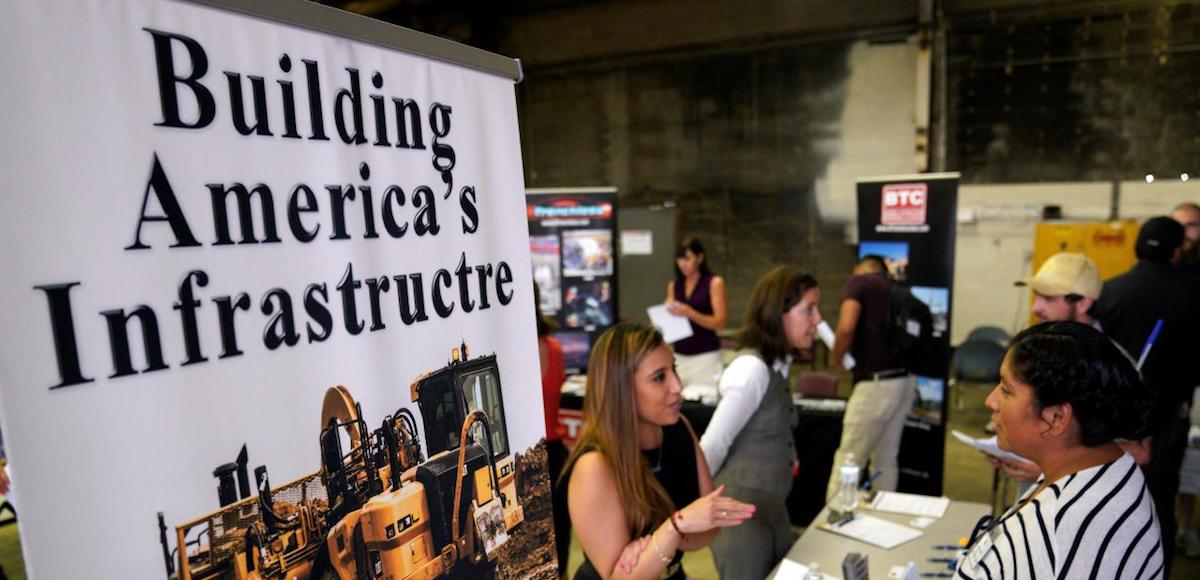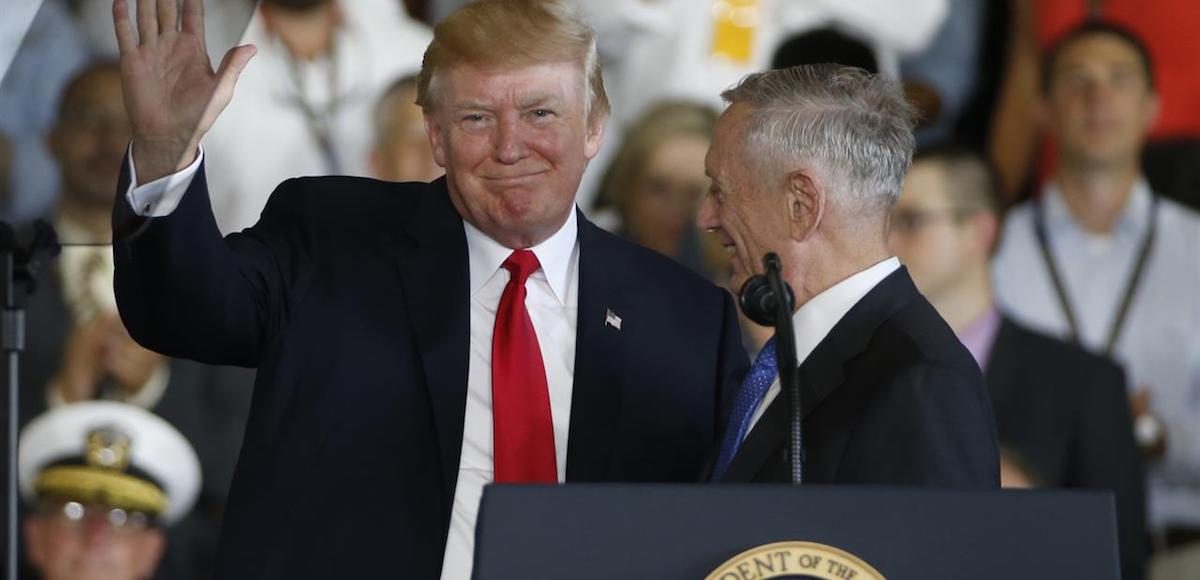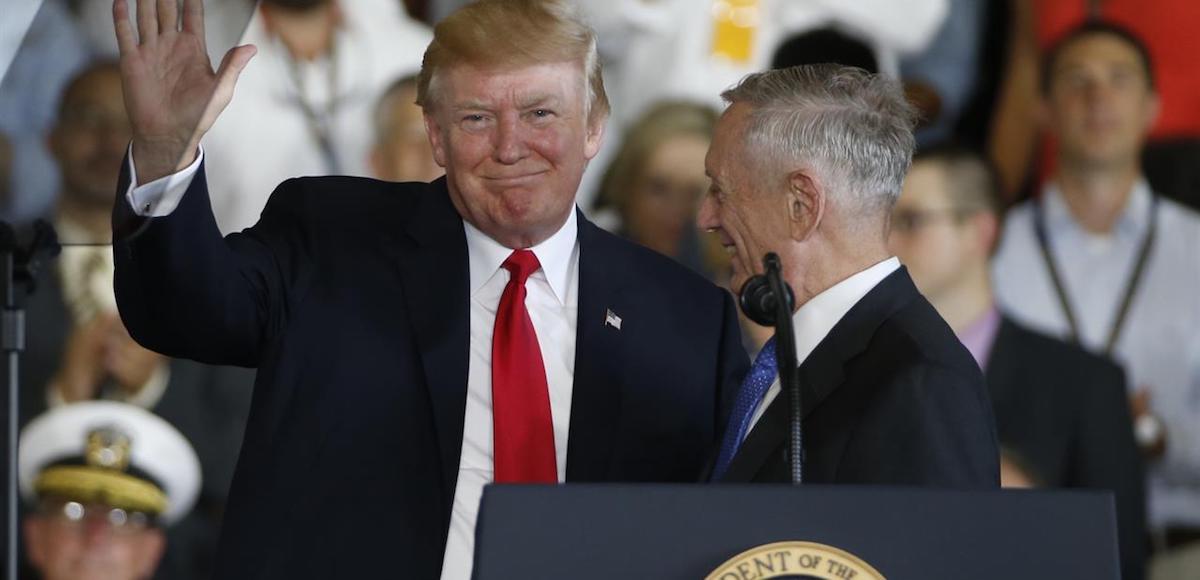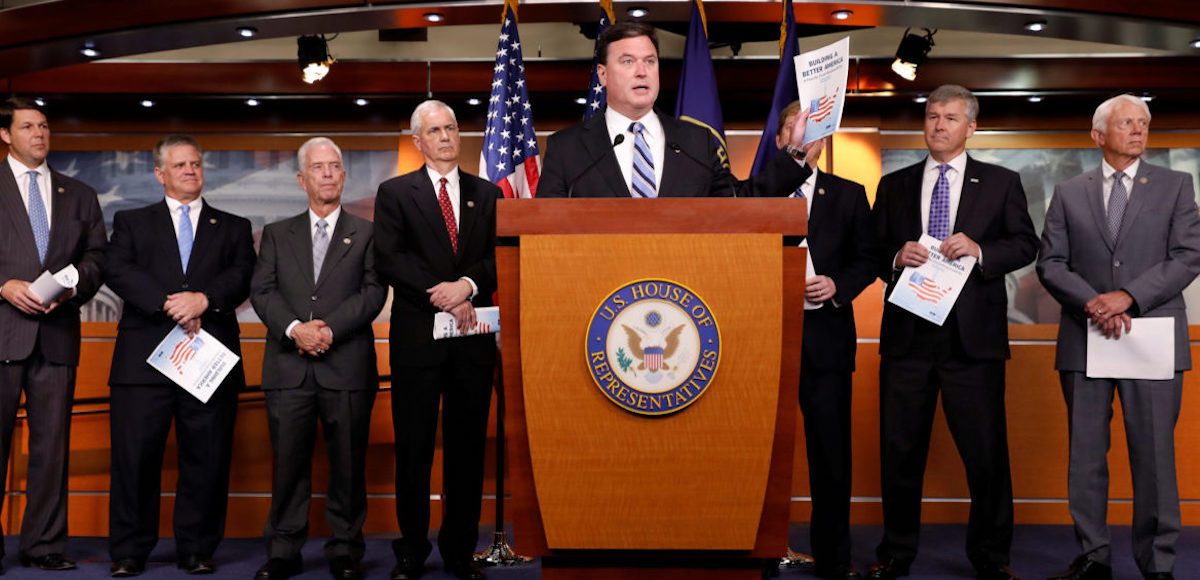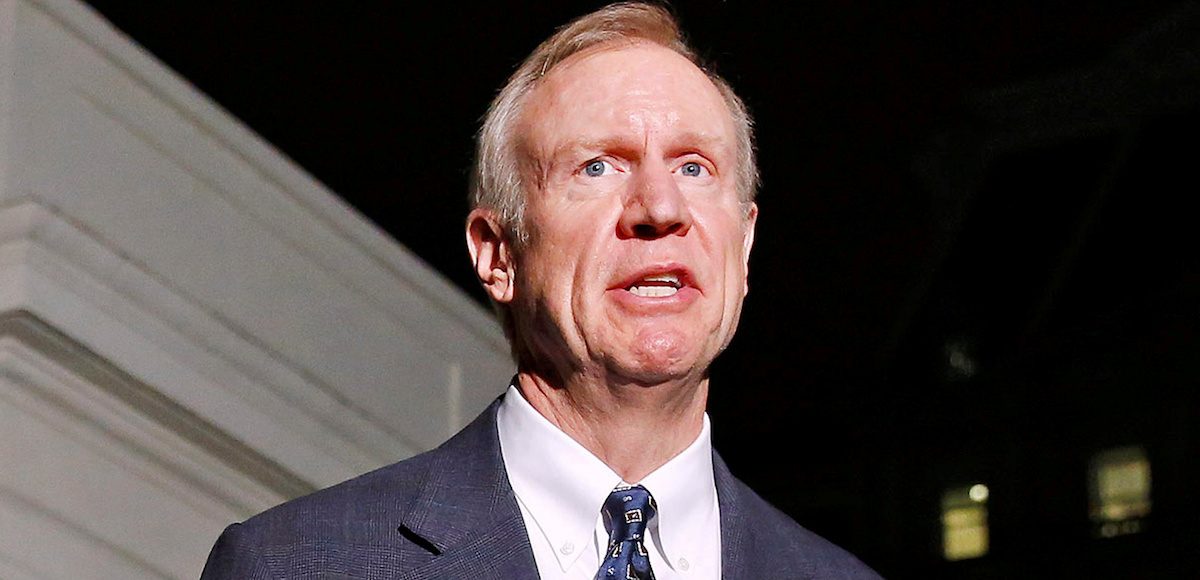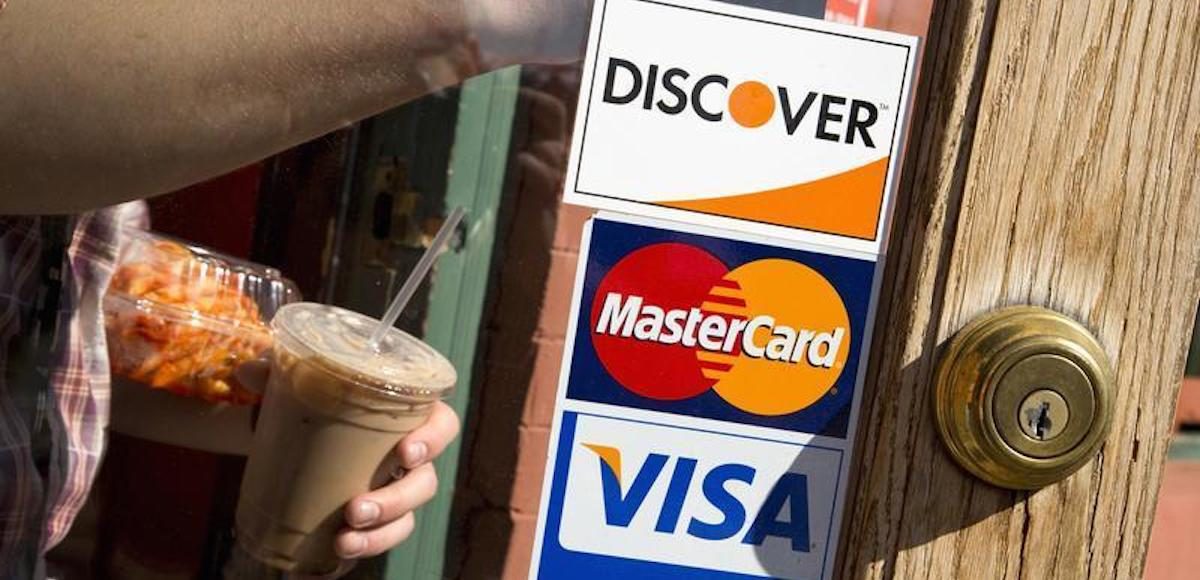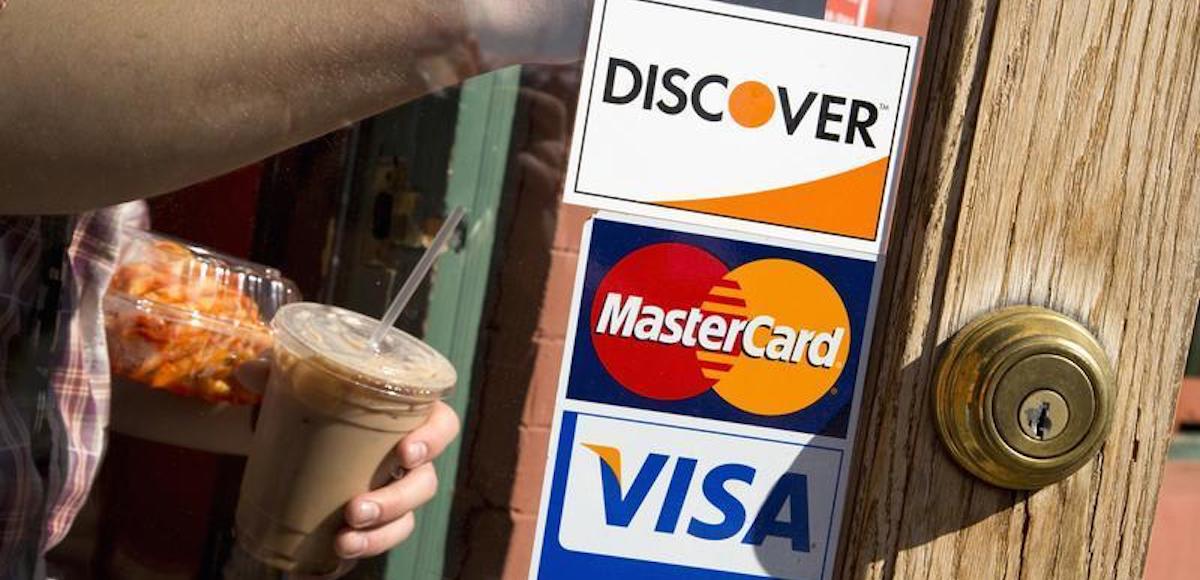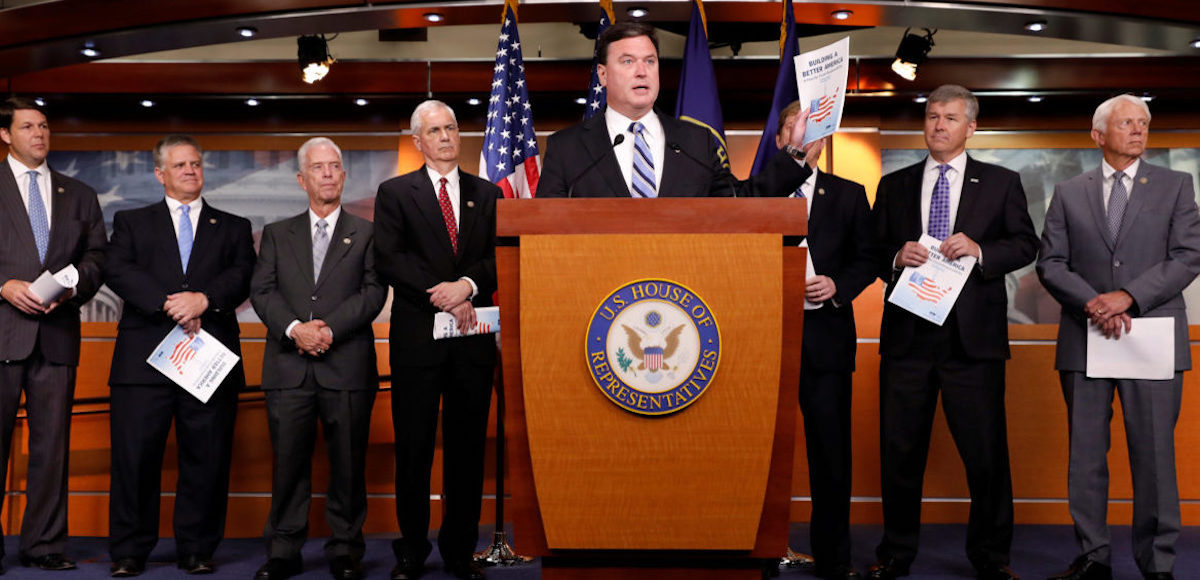
Rep. Todd Rokita, R-Ind., announces the 2018 budget blueprint during a press conference on Capitol Hill in Washington, U.S., July 18, 2017. (Photo: Reuters)
Businessman Mike Braun pounced on primary opponent Rep. Todd Rokita, R-Ind., for “Trump bashing” in 2016. The Associated Press (AP) reported that Rep. Rokita used some rather unflattering words to describe President Donald Trump during an interview in February of 2016.
At the time, the Indiana congressman who carries around a cardboard cut out of President Trump, was supporting Senator Marco Rubio, R-Fla., for president over Mr. Trump.
“When you see Marco contrasted with Donald Trump — I mean someone who is vulgar, if not profane,” Rep. Rokita told the Indianapolis-based WXIN TV. “At some point you have to be presidential. People expect that and you see that in Marco Rubio.”
Mr. Braun admits to voting in Democratic primaries up until 2012, as many Democrats did until the hyper-liberal era of Barack Obama. As a result, Rep. Rokita has referred to him repeatedly as a RINO — a “Republican In Name Only.” He refers to his other opponent, Rep. Luke Messer, R-Ind., as something even worse to the Republican base — a “Never Trumper.”
“Luke Messer? He plotted with the ‘Never Trumpers’ to steal the nomination from President Trump. You’ve got to be kidding me,” Rep. Rokita says in his most recent televised ad released Tuesday, before donning a red “Make America Great Again” hat.
“I’m Todd Rokita and I’ll proudly stand with our president and Mike Pence to Drain the Swamp.”
But now the businessman from Jasper is firing back, hitting both Rep. Rokita and Messer for good measure. He previously criticized his two opponents over their role in Republicans considering proposals to bring back earmarks, otherwise known as pork-barrel spending projects.
“Career politicians Todd Rokita and Luke Messer are running around Indiana saying they support the President, but both Todd Rokita and Luke Messer attacked President Trump during the Presidential primaries,” Mr. Braun said. “And that’s not all, Todd Rokita only backed President Trump ‘for no other reason than it’s all relative to other choices in the race’, and not because President Trump was right on issues like trade, tax cuts, pro-life judges, or his plan to Make America Great Again.”
Rep. Messer’s campaign took the opportunity to hit Rep. Rokita for his remarks, as well. Notably, campaign manager Chasen Bullock left Mr. Braun out of his statement.
“Todd Rokita is a consummate politician and a classic Washington hypocrite,” Mr. Bullock told the AP. “He is what he says he is against. The worst part is Congressman Rokita wears a Trump hat on TV, but votes against President Trump in Congress.”
To be sure, Rep. Messer was by far the most vocal critic of President Trump during the Republican nomination.
“Our party is united that we’re not for Hillary Clinton,” he told CNN during the heated presidential campaign. “The question is can folks put on a Donald Trump tee shirt? And the reality is it’s hard to do.”
The winner of the Republican primary for U.S. Senate in Indiana will take on vulnerable incumbent Senator Joe Donnelly, D-Ind., who is currently the underdog on the PPD Senate Election Projection Model.
The most accurate model for two straight cycles also rates Rep. Rokita as the favorite to win the Republican nomination, though his remarks could very well come back to haunt him.
“This is what voters are sick of: politicians saying one thing and doing another to get elected,” Mr. Braun added. “I’m running to change Washington and drain the swamp.”
